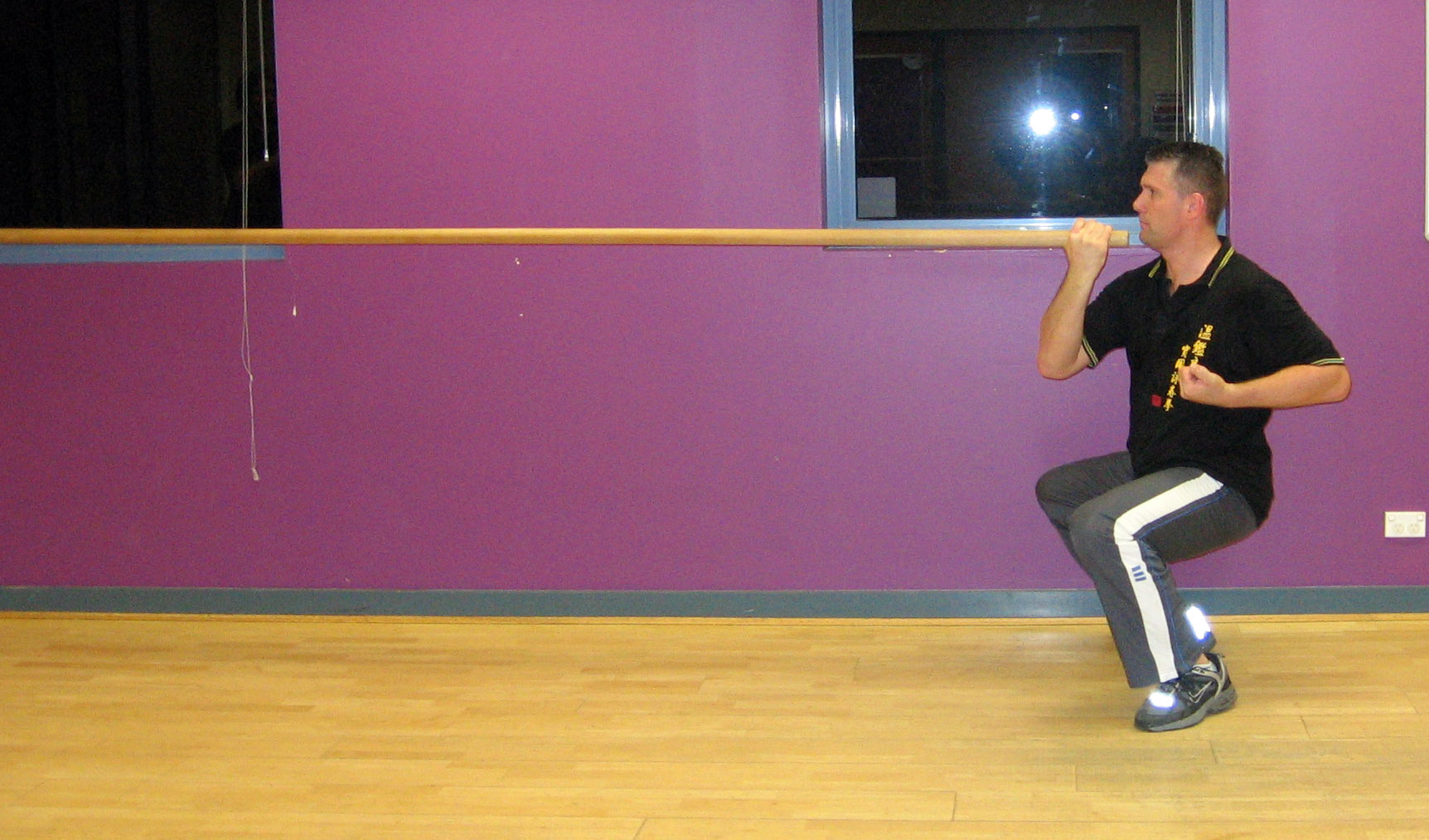
Wing Chun and Strength Training
January 06, 2013
The mind is just another muscle.
Ted Turner
Over the last forty years, strength training in the form of weight-lifting has moved from the freaky periphery to mainstream medical science.
If you ask any doctor now, they will tell you that you should be doing some sort of resistance training, especially as you get into the last quarter of your life, because it helps offset two major issues that come with aging – the loss of lean muscle mass and the loss of bone density.
And while its pretty clear that most boxers and MMA guys have added weight lifting to the repertoire, what about the rest of us? Can lifting weights make your kung fu better? What about Tai Chi?
In martial arts, there have been many discussions about being muscle-bound and how excessive muscle might inhibit attributes like speed. While its clear that arts like Wing Chun were developed to work regardless of your size by playing skills like sensitivity, angle, and position, a little more power never hurts.
My opinion is that some sort of resistance training has always been a part of martial development, going all the way back to Milos in Ancient Greece. Milos lifted a baby cow every day until it became a full-grown cow that he was picking up; this story shows progressive weight resistance is a concept people have been aware of for thousands of years.
In Wing Chun and other older Chinese martial arts, strength-training has always been present through the use of over-sized weapons and the use of weighted training.
When training the Butterfly Knives, we use training weapons that are not only not sharp but are larger and heavier than the weapons we would use in practice. In our usage, the Baat Jaam Do training is meant to enhance abilities like the creation of angle. Back in the day, the training with big short sword sized training weapons developed the ability to use smaller knives in combat with great ease — the actual weapons they used were probably about the size of a Bowie knife or a large kitchen knife.
The typical training pole for Wing Chun is about nine feet long. Usually you start with a light version (perhaps waxwood) and slowly move up in weight until you are training with something really heavy like Purple Heart or Qwan Din wood.
It is also customary to start wearing a weight vest for some of the training, such as the Dragon punching or the pole. They say Wong Shun Leung used to do his Tan Da and Gan Da training with someone sitting on his shoulders!
This is all Chinese-style progressive resistance training. Other variations use equipment like heavy arm and leg rings.
I started lifting weights in the late 70s, but didn’t figure out how to do it right until 1989. Since then, I’ve learned a few things that might save you some time.
